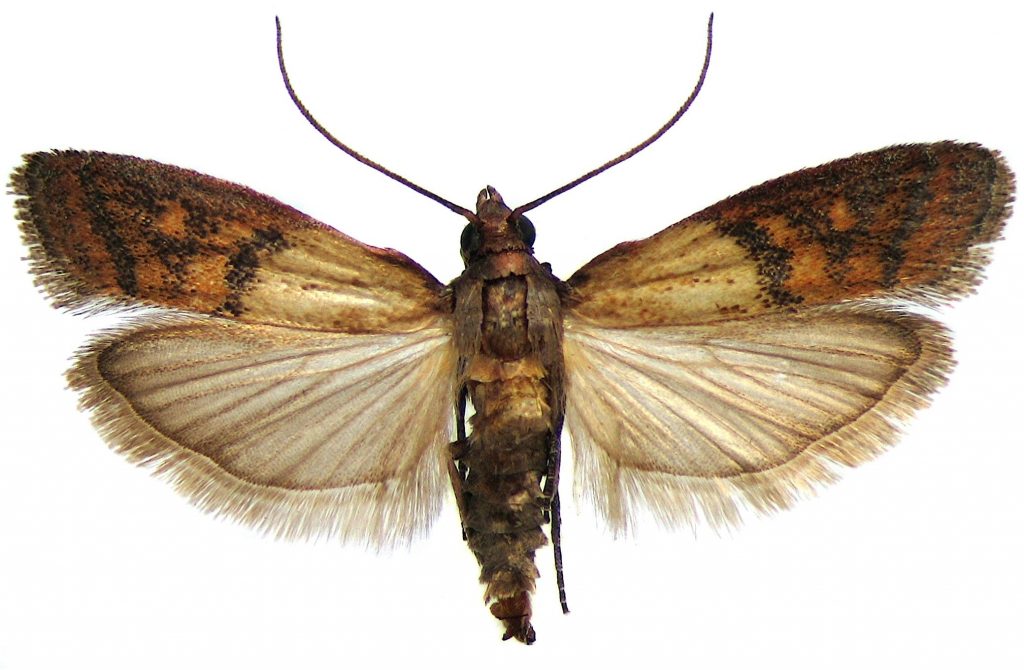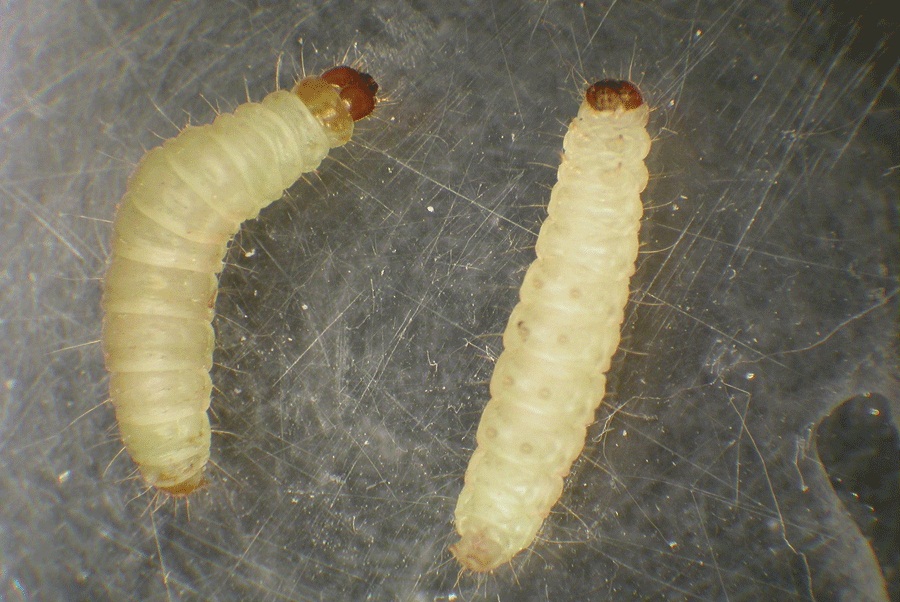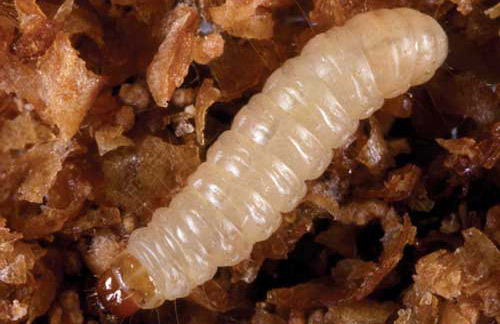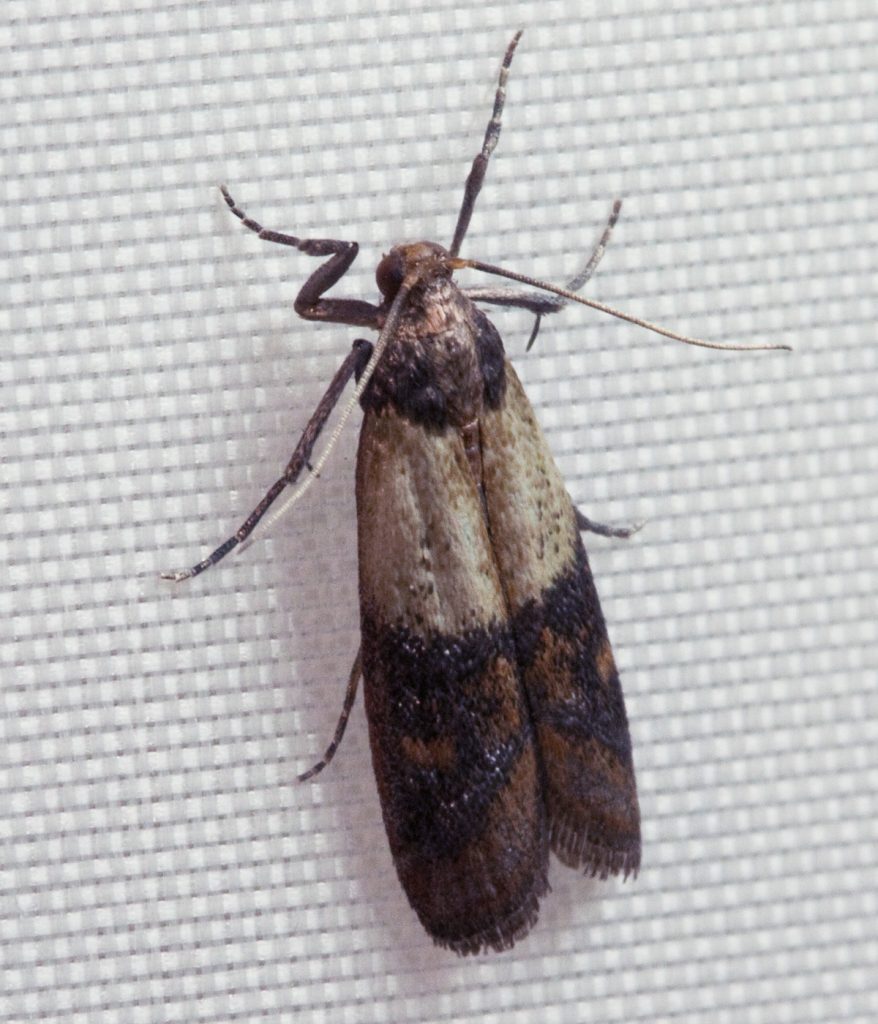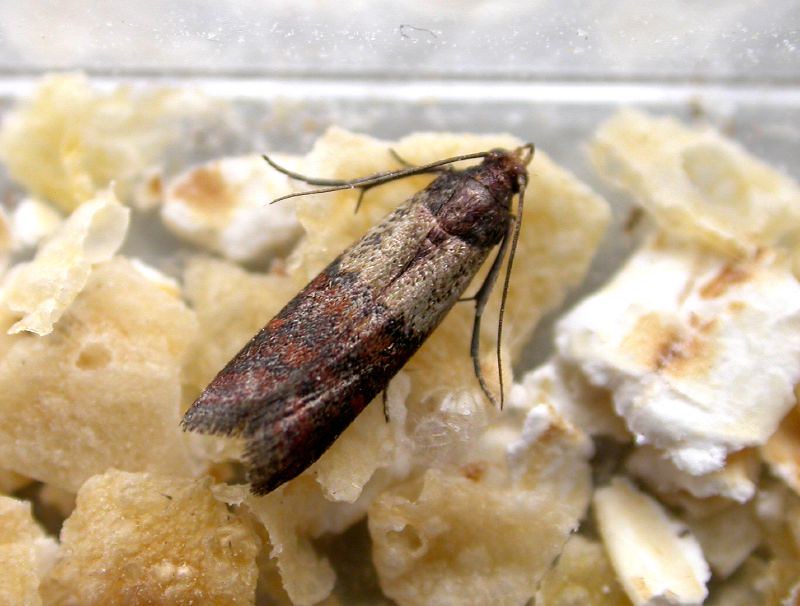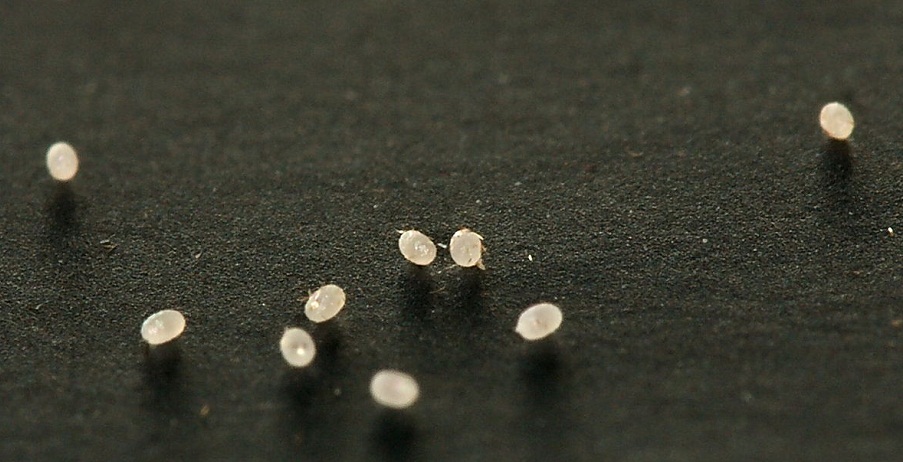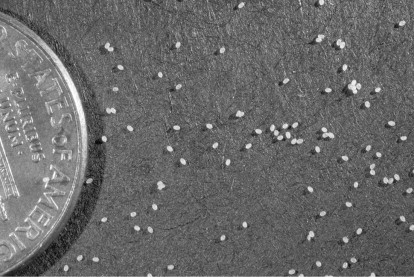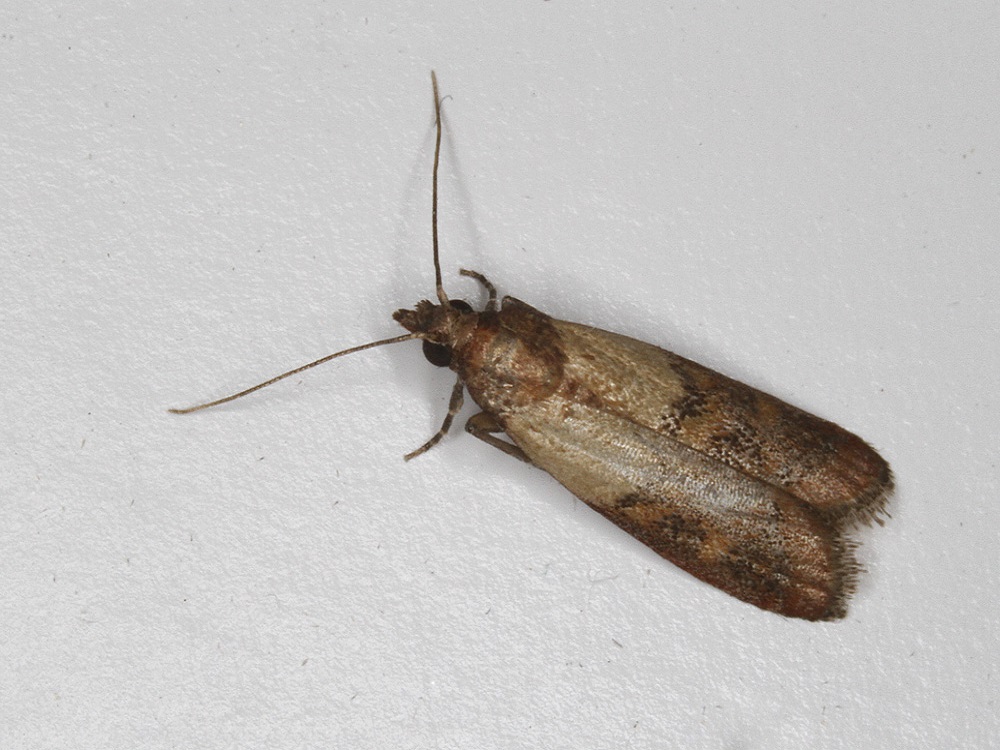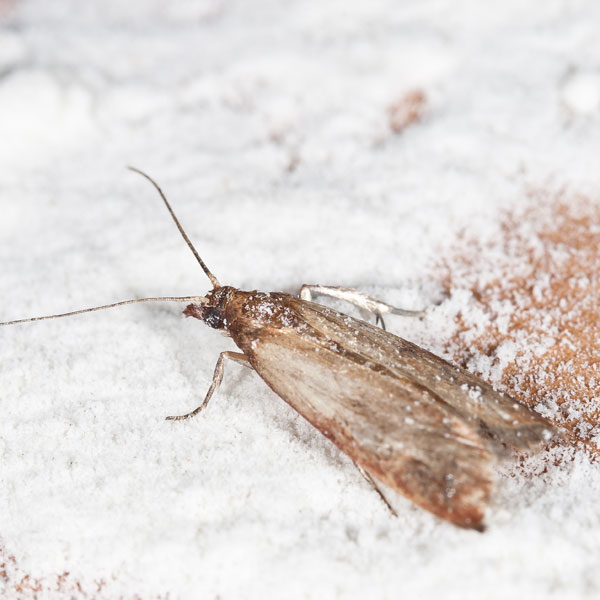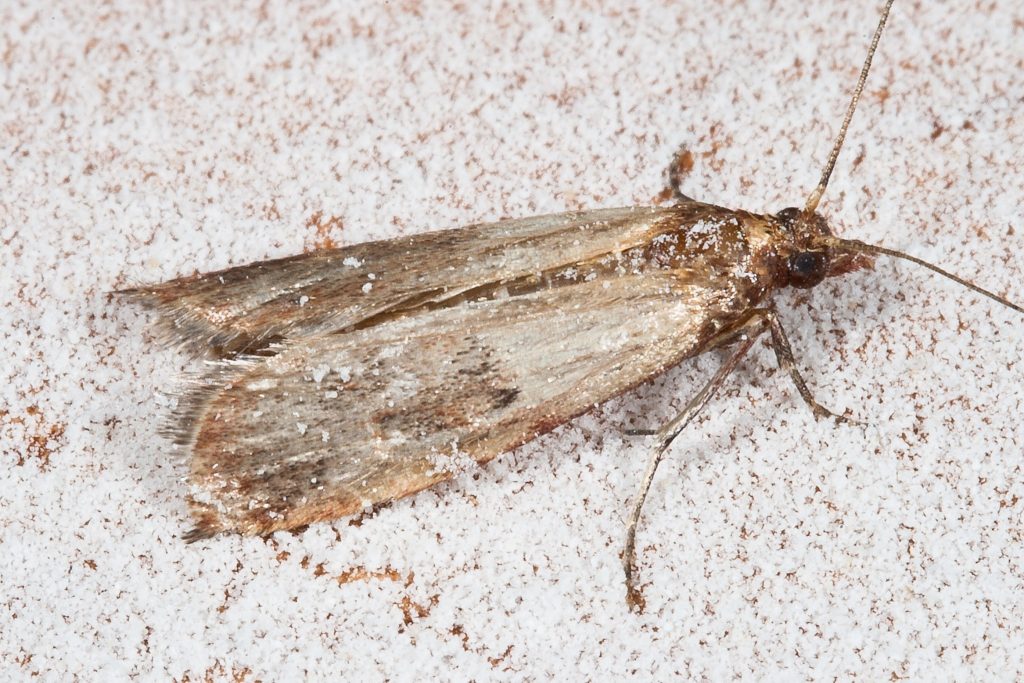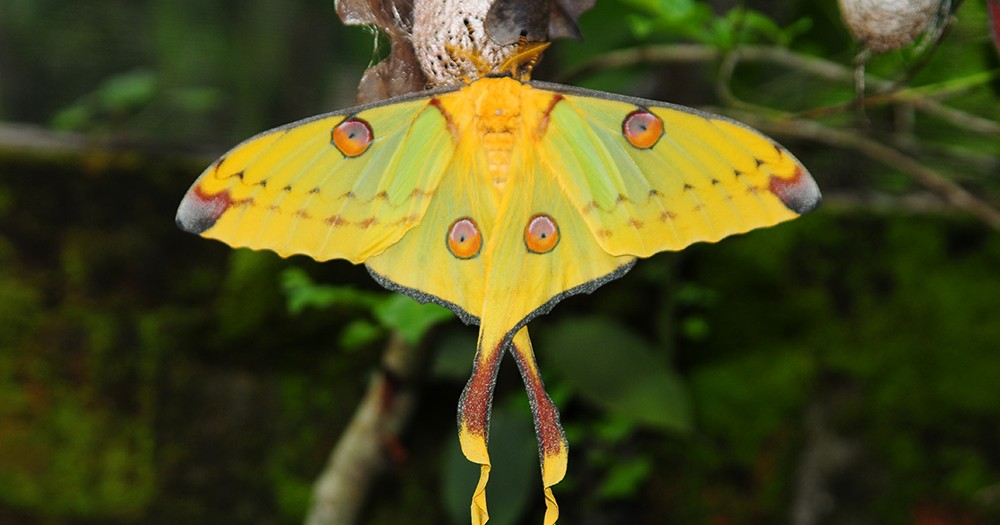Pantry Moth (Indian Meal Moth/Plodia interpunctella)
The pantry moth or Indianmeal moth is a part of the Pyralidae family, present in the tropical regions of every continent barring Antarctica. Quite the opposite of what its name suggests, these moths are not endemic to India. Because of their food sources and appearances, they are often confused with certain species like the raisin moth (Cadra figulilella) and almond moth (Cadra cautella). They are infamously known as grain-feeding pests, often destroying fruits and cereals in pantries or grain bins, thus popular as the pantry moth.
i.pinimg.com
Scientific Classification
- Family: Pyralidae
- Genus: Plodia
- Scientific Name: Plodia interpunctella
Description and Identification
Caterpillar
The larvae of the Indianmeal moth are often referred to as waxworms due to their ability to bite through cardboards and plastic, but they are not the same as the latter. The larvae, when newly hatched, appear so tiny that seeing them with naked eyes seems impossible.
They are mainly off-white with brown heads but the color can change to green, brown, or pink according to their diet. The caterpillar goes through five or seven instars, reaching 1.2 – 1.4 cm in length upon maturation.
Three sets of legs that the larvae have lie near their head, while the five pairs of prologs protrude from their abdomen. When fully grown, they even spin webs, leaving threads along the paths they travel.
Pupa
The pupa is pale brown with a length of about 0.6 – 1.1 cm. The larva may pupate within a silk cocoon or even wholly unprotected.
Adult Moth
Sexual Dimorphism: Not prominent
Color and Appearance: When opened, the part of the forewings at a distance from the center is reddish-brown with a coppery shine. It can also have a dark-gray or bronze coloration. The section of the forewing nearer to the center is whitish-gray or yellowish-gray with a band running through the distal and proximal wing’s intersection. The hind wings are mostly gray. When closed or folded, especially during the Indianmeal moth’s rest time, they mostly appear grayish-white or rusty-brown.
Wingspan: 1.6 – 2cm
Flight pattern: Erratic (in a zig-zag pattern)
Season: Not recorded
Quick Facts
| Other Names | Pantry moth, grain moth, flour moth, weevil moth |
| Distribution | Mostly in tropical regions of all continents apart from Antarctica |
| Habitat | Tropical areas particularly in and around buildings storing grains and also grain-storage bins |
| Predators | Birds, owls, bats, bears, lizards, dogs, cats, rodents, wasps |
| Lifespan of adults | 5 – 7 days |
| Diet | Larva: Cereals, flour, nuts Adult: Dry pet food, birdseed, soup mixes, cereal, rice, pasta, bread, flour, spices, nuts, dried fruits, sultanas, almond, American yellow corn |
Did You Know
- The larva’s long legs help it travel to far off places in search of a shelter where they can pupate.
- Asia Fitch, an American entomologist named these species Indian meal moth, since the larvae mostly fed on cornmeal or Indian meal.
- The larvae of the Indian meal moths are often taken for maggots when seen in packaged foods, as it closely resembles the latter, particularly in its later instar stage.
Scientific Classification
- Family: Pyralidae
- Genus: Plodia
- Scientific Name: Plodia interpunctella

